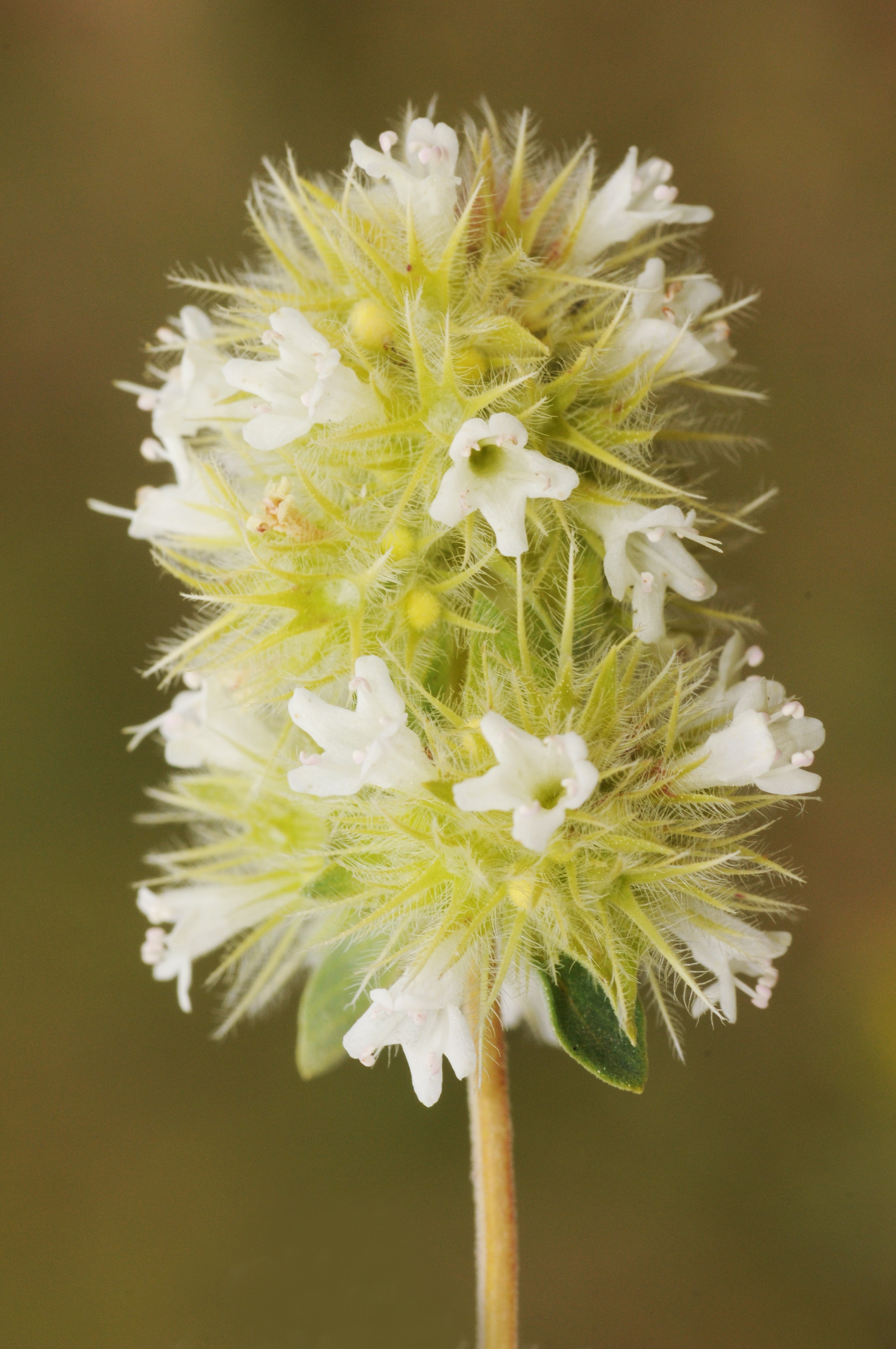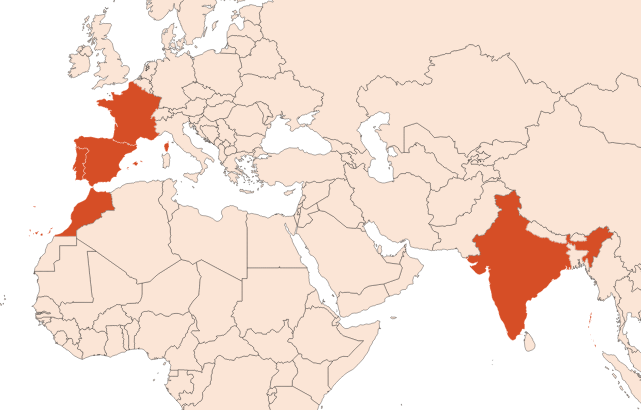
Do you sell any of the raw materials? Would you like to let our users know?
Send an email to fournisseurs@scentree.coto learn about our advertising opportunities.
Do you sell any of the raw materials? Would you like to let our users know?
Send an email to fournisseurs@scentree.coto learn about our advertising opportunities.
General Presentation
-
CAS N° :
8007-46-3 // 84929-51-1 -
EINECS number :
84929-51-1 -
FEMA number :
Donnée indisponible.
-
Volatility :
Heart -
Price Range :
€€€
Physico chemical properties
-
Appearance :
Green liquid -
Density :
0,915 - 0,920 @ 25°C -
Refractive Index @20°C :
Data not available. -
Optical rotation :
-
Vapor pressure :
Data not available. -
Flash Point :
Data not available. -
Acid Value :
Botanical informations
Botanical name :
Thymus mastichina (L.) L.
Synonyms : Origanum mastichina (L.) Kuntze // Satureja mastichina (L.) Kuntze
Botanical profile :
White thyme belongs to the Lamiaceae family and the genus Thymus L.
The Lamiaceae family is the most important family in perfumery, notably including lavenders, basils, mints, sages, rosemaries, patchoulis, and thymes.
Chemotypes :
The genus Thymus L. comprises about 570 different species and a very large number of chemotypes. Among the main chemotypes, we can highlight:
Thymol chemotypes:
- Thymus vulgaris L.: Thyme oil (red), the most widely used as it is very economical and allows the isolation of many compounds of interest.
- Thymus zygis L.: Spanish Thyme, rich in thymol or linalool.
Eucalyptol chemotypes:
- Thymus mastichina (L.) L.: Thyme oil(white) , two species also widely used.
Other notable Thymus species:
- Thymus saturejoides Coss.: Savory Thyme (Thyme satureioide oil (borneol type) – rich in borneol and carvacrol, found mainly in northern Morocco.
- Thymus serpyllum L.: Wild Thyme, with numerous chemotypes.
- Thymus capitatus (L.) Hoffmanns. & Link: Cretan Thyme, rich in carvacrol or thymol.
- Thymus pulegioides L.: Thyme rich in pulegone.
This list is not exhaustive, as thyme has undergone countless crossings throughout its history.
Extractions & Uses
Extraction process :
White thyme, or mastic, is an herbaceous plant that reaches up to 50 cm tall. Its fragrant principle is contained in its stems, but especially in its leaves, which are only one centimetre long. In Spain, almost all cultures are wild. The propagation of a thyme culture is done by sowing seeds. Cutting methods are also used. Also, a few tens of centimetres must be left between the plants to guarantee a better quality of the essential oil and a better extraction yield. The plants need a lot of sun exposure. The culture starts when the plant blooms (the flowers are white as reflected by the name of this thyme).
In cultivation, the leafy stems of thyme are mowed or hand picked to be dried for a few hours under 104 °F. In Spain, cultivation takes place from February to August.
A steam distillation under pressure allows to collect an essential oil at the refrigerant outlet, by decantation of the water.
A volatile solvent extraction gives an absolute of white thyme, which is very little used.
Uses in perfumery :
Used in all types of perfumery, in fougere and liquorice accords and anti-dandruff shampoo perfumes.
Stability :
Aromatic compounds can be chromophoric and cause a coloration of the oil, especially in alkaline bases
The terpenes identified in this raw material can polymerize when they are oxidized
Major Components :
- For a Cineole and Linalool chemotype :
- Eucalyptol (40 - 45%)
- Linalool (30 - 35%)
- Alpha-terpineol (1 - 5%)
- Beta-pinene (1 - 5%)
- Sabinene (1 - 5%)
- D-Limonene (1 - 5%)
- Alpha-pinene (1 - 5%)

Photo credits: ScenTree SAS
Other comments :
The name given to thymes is representative of the colour of their flowers. For white thyme, they are obviously white. White thyme is not consumed regularly in the mediterranean cuisine as red thyme is preferred.
White thyme is a precursor to Thymol or natural eucalyptol although it is not the main precursor.
The quality of thyme and its essential oil is subject to compliance with ISO standards imposed by the AFNOR (French Association of Standards). These standards relate to the physical and chemical characteristics of the plant and oil. Even though, adulteration is possible with synthetic Thymol or Eucalyptol.
Regulations & IFRA
Allergens :
IFRA 51th :
This ingredient is not restricted for the 51th amendment

